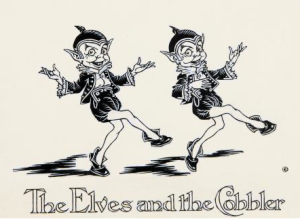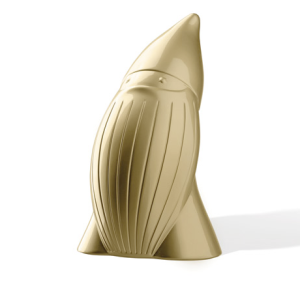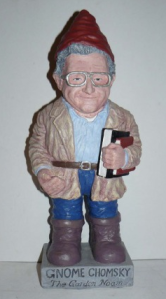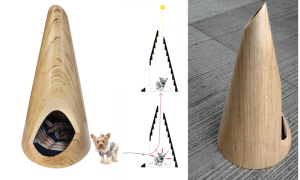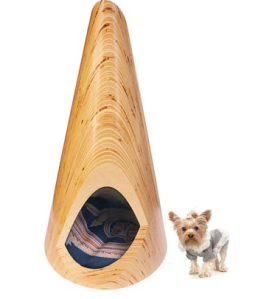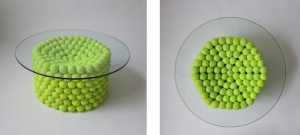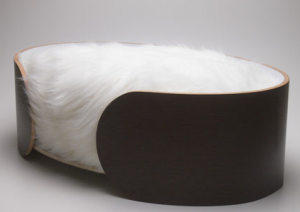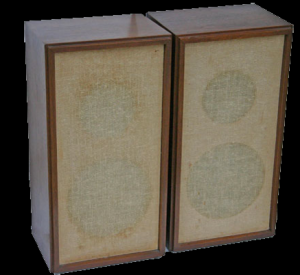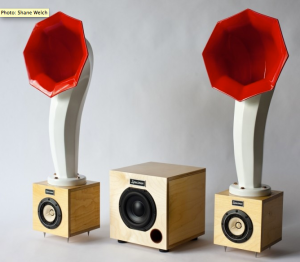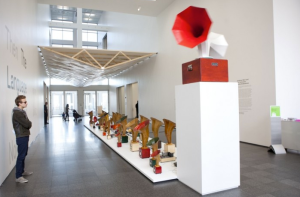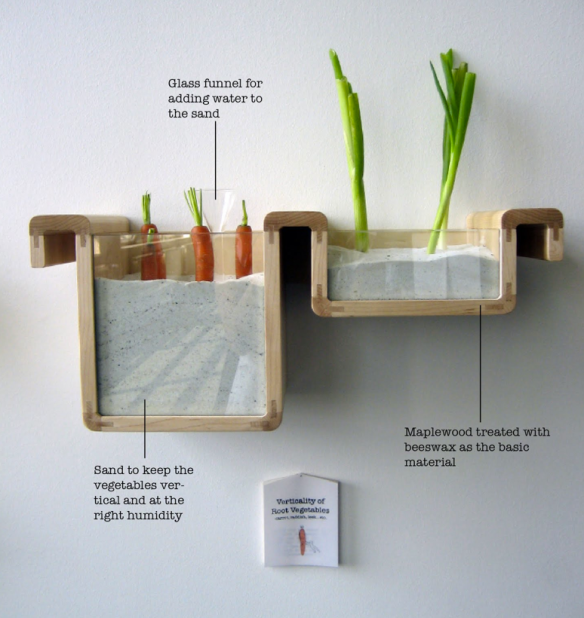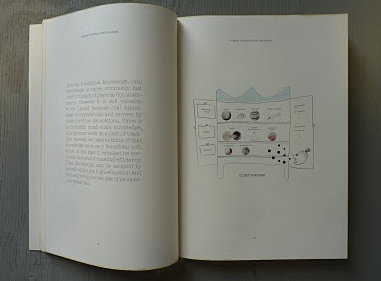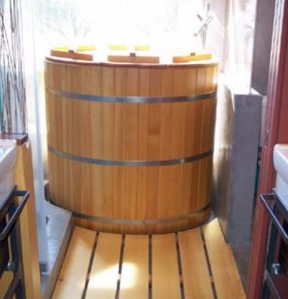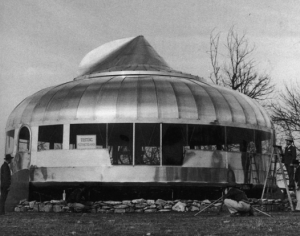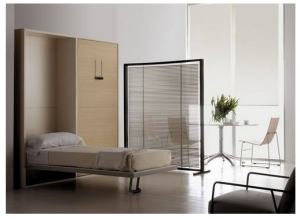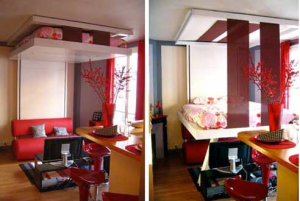The legend of the gnome creature has many versions. Some say that gnomes were originally made of ice, others sheaves of wheat while still others claim that gnomes were made from all of the earth’s elements. Gnomes are just another word for elf, imp, goblin, wizard, leprechaun or house brownie. The seven dwarves were gnomes. Rumpelstilkskin was a gnome. Santa himself is a kind of gnome. Below is a very evil version of Santa so don’t let the youngsters see this.
Gnomes have magical powers, but they are also capable of being tricky and mean. In the Brothers Grimm story of The Cobbler and the Elves, little naked men with long beards enter the impoverished cobbler’s shop in the middle of the night and skillfully finish one pair of unfinished shoes. The shoes “had small and even stitches, formed so perfectly that the cobbler knew he couldn’t have produced a better pair himself”.
After many years of making the cobbler a wealthy man, the elves decide to take off and never return after the cobbler’s wife makes them a set of clothes. The reason they don’t return is they think they look too awesome in their new outfits to be working for free for a lousy cobbler. I can’t say that I disagree with them. They do look quite dapper.
The history of the garden gnome is taken from the folktales of Eastern and Western Europe. The claim to the title of manufacturer of the first garden gnome is hotly contested, but it’s possible that Baehr and Maresch, a Dresden ceramic and pewter beer stein company, produced the first ceramic gnomes, having them in their stock as early as 1841.
Below are images of Garden Gnomes that I found to be classic examples of the gnome “gnomenclature”. (sorry for that). Others are send ups of the classics that I think you’ll enjoy.
The Baddy is part of a new generation of Garden Gnomes and comes in many different colors.
Since I have no restraint, I’d like to add that I was looking for a Gnome Chompsky gnome, but all I found was a Noam Chomsky 70s rock van seen here. Really, this was enough. I’m good.
Why, I mean, where can you buy a garden gnome? You cannot swing a dead cat on the internet without hitting a gnome product. There is even a garden gnome club at the Royal Botanic Garden in Edinburgh, which I find hard to believe, but it is true. Home Depot sells a handsome garden gnome for $40. In fact, there is nothing stopping you from filling your entire lawn with garden gnomes.
Please humor me by watching the garden gnome sequence from one of my favorite movies, Amelie. In the movie, Amelie asks her stewardess friend to take pictures of her father’s garden gnome while traveling from place to place around the world. Meanwhile, her father, who doesn’t know that the gnome has been taken, receives postcards featuring his gnome at the Parthenon, the Great Pyramids, the River Nile and numerous other tourist destinations.The father thinks he has gone completely mad. It’s pretty amusing.
…one hour later.
Hey, I did find a Gnome Chomsky gnome. I knew there had to be one. Ta da!



